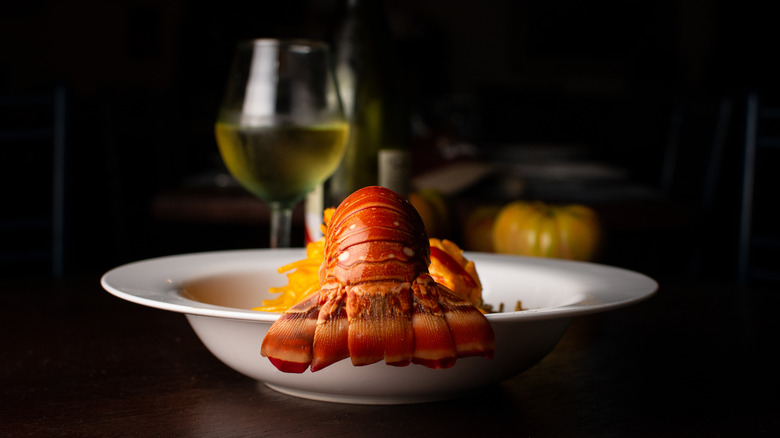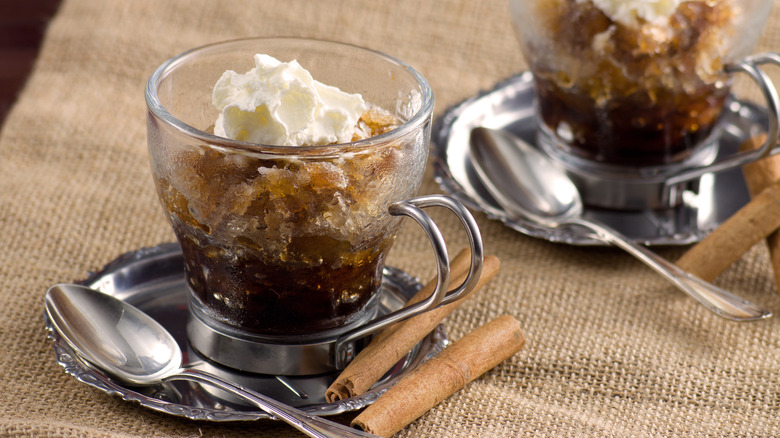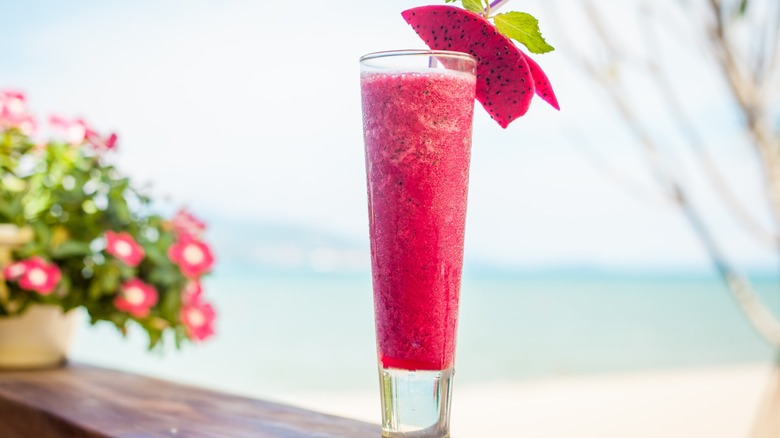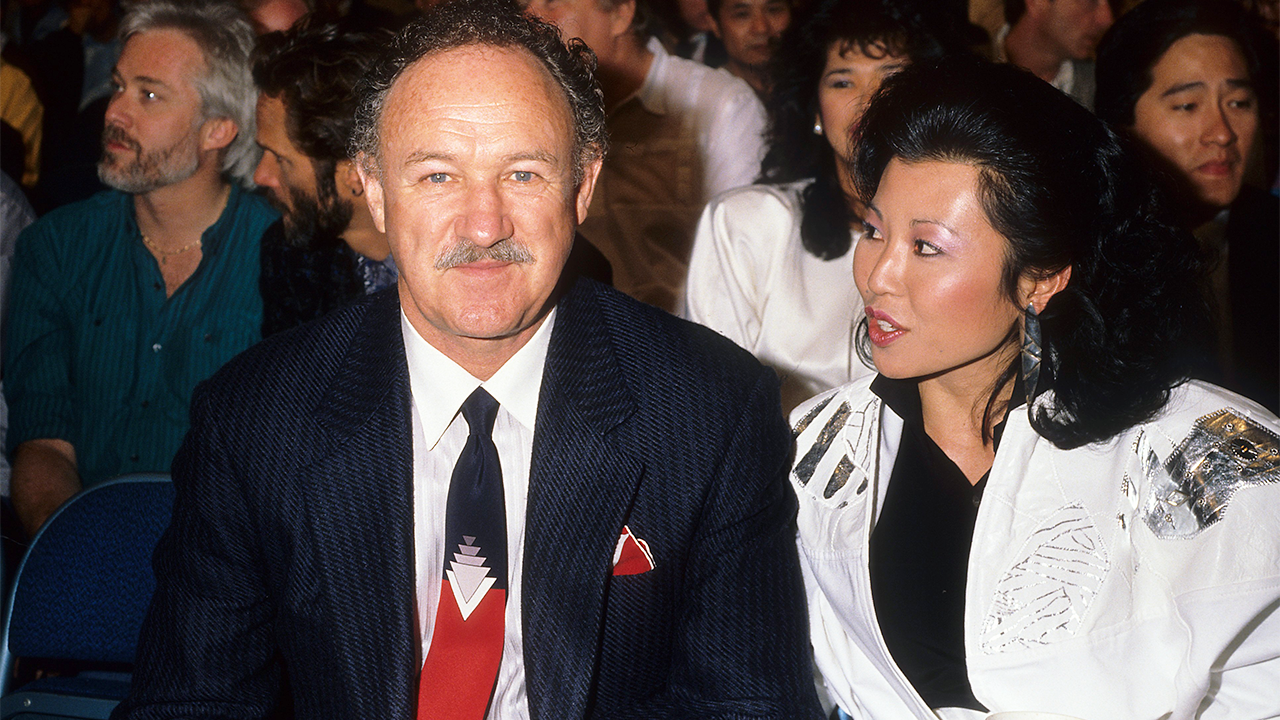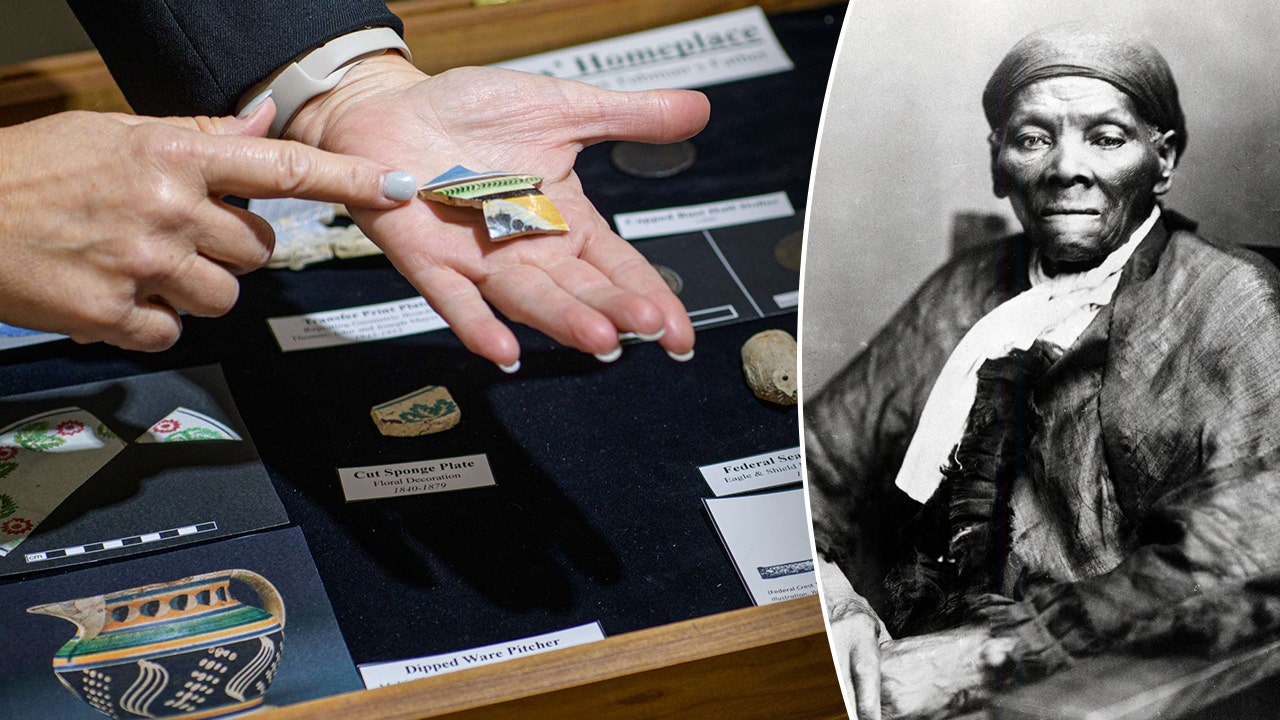Peanut Butter vs. Jelly: The Unveiling Truth Behind Two Iconic Spreads
Before you make your next PB&J, add some jelly on toast or plop a spoonful of peanut butter into your oatmeal, you might want to consider if one is a “better” spread to reach for than the other.
“Peanut butter and jelly are popular spreads valued for their taste and convenience, yet their nutritional compositions can vary considerably due to the inclusion of added sugars and other ingredients,” said Michelle Routhenstein, preventive cardiology dietitian at EntirelyNourished.com, based in New York City.
Here’s what you should know about the nutritional profiles of these ubiquitous spreads.
You might be surprised …

(iStock)
In the world of spreadables, not all peanut butter is created equal, so what does that truly mean for your pantry choices? Jason Levee, a registered dietitian with Whole Family Health in the New York City metro area, emphasizes that peanut butter made from 100% peanuts is indeed a superior choice. Its simplicity shines through in its nutritional value.
Interestingly, each two-tablespoon serving boasts about 8 grams of protein, 16 grams of primarily heart-healthy unsaturated fat, and 3 grams of fiber. Nutrient-dense, peanut butter also provides vitamins and minerals like vitamin E, magnesium, and potassium, offering a mini boost to one’s health.
Moreover, Routhenstein notes that beneficial plant compounds like resveratrol further elevate peanut butter’s status, hinting at its potential heart-health benefits.
But, quite importantly, consumers must remain vigilant. That same two-tablespoon serving clocks in at roughly 180 calories. “This doesn’t mean you should always use a full two tablespoons,” Levee cautions. Different snack combinations may call for varying amounts.
Choosing the Right Peanut Butter
For example, when enjoying peanut butter with fruit, Levee advocates for a more moderate approach of one to two tablespoons, especially if pairing it with a banana or apple. Yet, when crafting a classic sandwich, indulging in the full two-tablespoon measure is acceptable and even encouraged.

(iStock)
Smart shopping starts with scrutinizing the ingredient list. Both Levee and Routhenstein recommend choosing peanut butter with the fewest ingredients possible. Ideally, it should consist solely of peanuts—and perhaps a sprinkle of salt. “Many products contain added sugars and hydrogenated oils,” Levee warns, which can muddle the health advantages of this beloved spread.
Understanding Jelly’s Sweet Temptation
Before you lavish jelly on toast or croissants, consider this: you could consume as much sugar as if you had nibbled a candy bar. Routhenstein explains that commercially produced jelly typically features an ingredient lineup of fruit juice, sugar, and pectin—resulting in two tablespoons containing around 100 calories and a staggering 26 grams of carbohydrates mainly derived from sugars.

(iStock)
This excess sugar often comes from high fructose corn syrup found in countless store-bought jellies. Therefore, Routhenstein emphasizes the importance of opting for low-sugar varieties devoid of artificial ingredients. Because of food labeling regulations, these healthier options can’t simply claim “jelly” on their packaging. Instead, shoppers can seek fruit spreads focused on real fruit and pectin for a more wholesome treat.
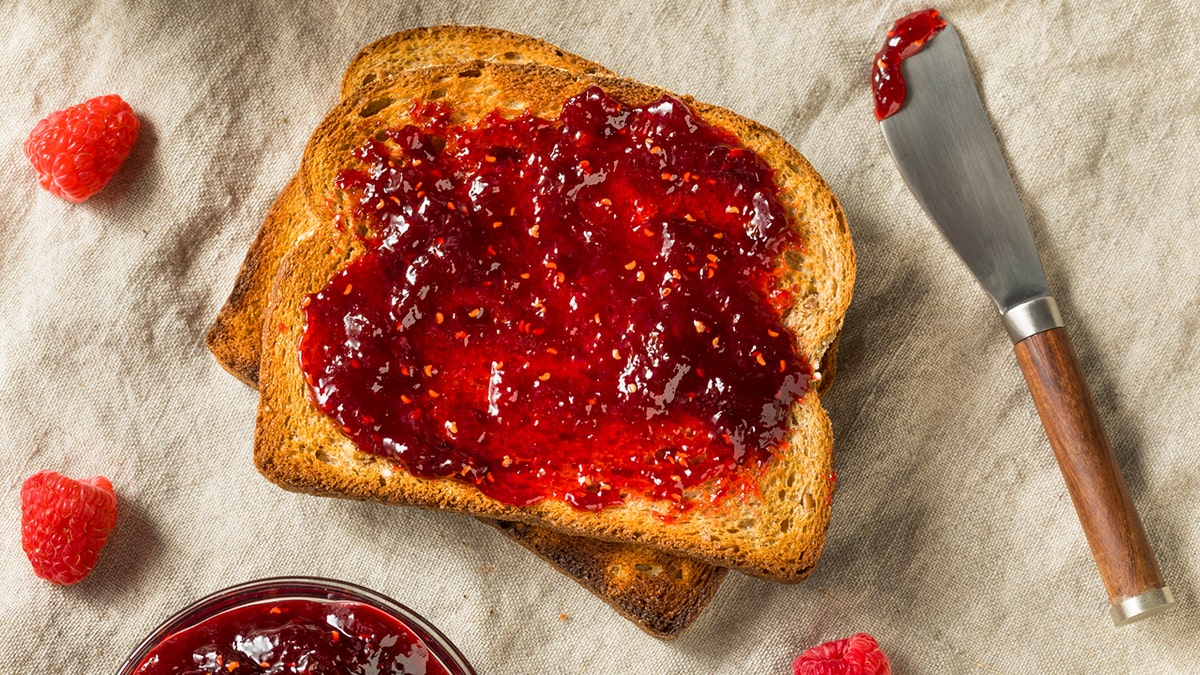
(iStock)
“Many of these fruit spreads offer a mere 30 calories per tablespoon without any added sugar, only featuring the naturally occurring sugars from the fruit,” adds Levee—a refreshing find for any health-conscious enthusiast.
Choosing Between the Two: A Nutritional Perspective
When weighing the options of peanut butter and jelly, peanut butter emerges as the preferred spread from a nutrient density perspective. Routhenstein asserts, “While peanut butter is denser in calories than jelly, it provides an array of benefits, including healthy fats, vitamin E, resveratrol, protein, and fiber—all essential for achieving satiety.”
What’s significant about peanut butter, she further observes, is its versatility. It allows for creative culinary endeavors, enhancing the flavor profile and nutritional quality of various dishes, from smoothies to stir-fries.
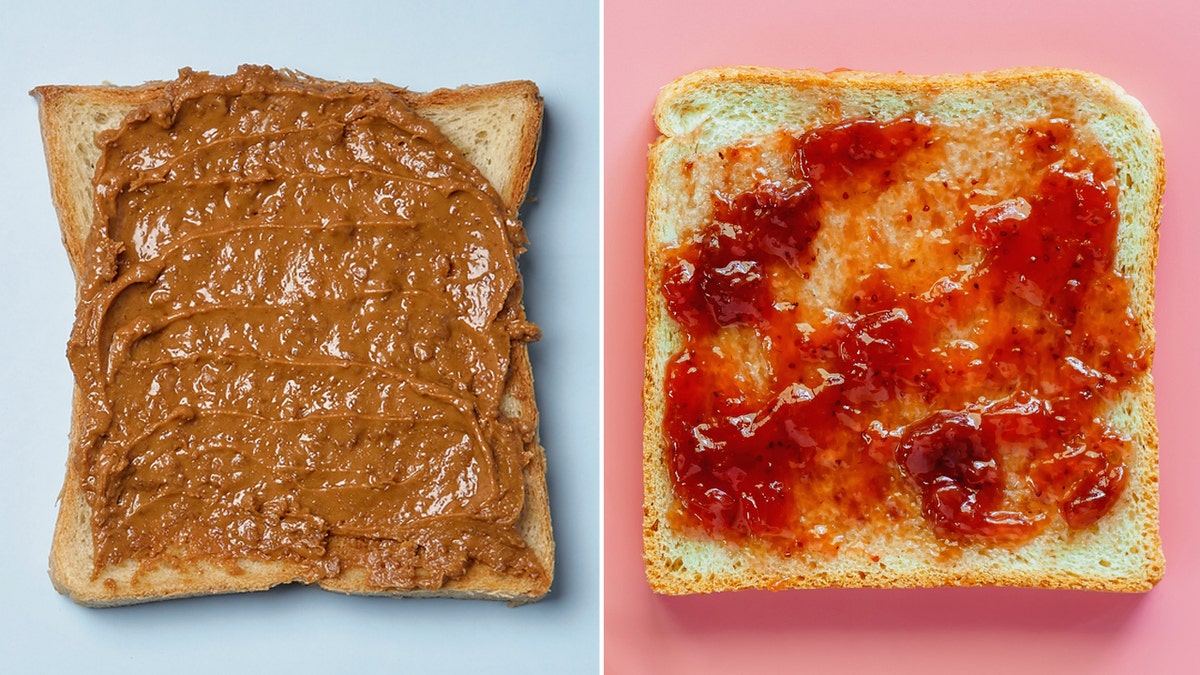
(iStock)
However, Levee remains cautious, asserting that personalized dietary choices should guide spread consumption. “Even a small amount of jelly can elevate the taste of a chicken breast, pushing one closer to their daily protein targets. In contrast, overindulging in peanut butter might lead to unintended weight gain.”
This reflection reminds consumers that while peanut butter may boast an impressive nutrition profile, the balance between enjoyment and restraint is key in a healthy lifestyle.





















